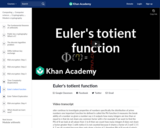
Measuring the divisibility of a number. Created by Brit Cruise.
- Subject:
- Applied Science
- Computer Science
- Material Type:
- Lesson
- Provider:
- Khan Academy
- Provider Set:
- Code.org
- Author:
- Brit Cruise
- Date Added:
- 07/14/2021


Measuring the divisibility of a number. Created by Brit Cruise.
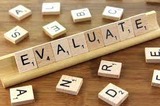
Use this guide as an example of lateral reading.
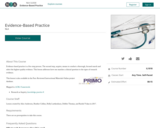
The Evidence-Based Practice lesson is mapped to the Research as Inquiry Frame and addresses how to match a clinical question to types of research evidence.
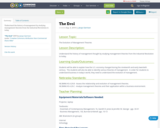
Understand the history of management by studying management theories from the Industrial Revolution to today.
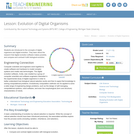
Students are introduced to the concepts of digital organisms and digital evolution. They learn about the research that digital evolution software makes possible, and compare and contrast it with biological evolution.

Understand the history of management by studying management theories from the Industrial Revolution to today.

The March 2022 issue of Page One Economics covers the topics of income and wealth through the lens of racial inequality. Learn the difference between income and wealth, how the racial wealth gap has endured over time, and the reasons that certain groups have been limited in their wealth-building potential.
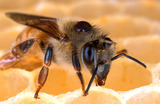
Students will examine ways declining bee population can impact day-to-day life, by considering how the cost of honey and pollination has been affected in society. Students will create real-world problems that relate to statistics on the declining bee population.
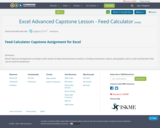
Excel Capstone Assignment covering a wide variety of topics from formula creation, to lookup statements, charts, and graphics, all in a real-world project that can be used in businesses.
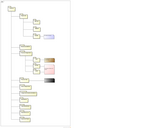
Apresenta um diagrama útil para alunos e professores
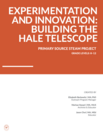
The primary sources in this project, drawn from the collections at the Rockefeller Archive Center, include correspondence and diagrams that document the process of fabricating what became a 200-inch Pyrex telescope mirror. These sources can be used to strengthen critical reading skills, to support inquiry-based learning exercises, and to expose students to the stories of trial and error that lie behind most scientific or engineering breakthroughs. Students are encouraged to annotate in the margins in order to support the development of document analysis and critical thinking skills. This project contains a suggested exercise that builds on the themes of the primary source documents.
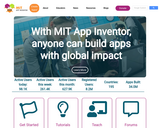
MIT App Inventor is an intuitive, visual programming environment that allows everyone – even children – to build fully functional apps for smartphones and tablets.

Students will explore the Dewey Decimal System as they participate in several fun activities.
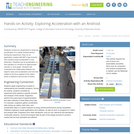
Students conduct an experiment to study the acceleration of a mobile Android device. During the experiment, they run an application created with MIT's App Inventor that monitors linear acceleration in one-dimension. Students use an acceleration vs. time equation to construct an approximate velocity vs. time graph. Students will understand the relationship between the object's mass and acceleration and how that relates to the force applied to the object, which is Newton's second law of motion.
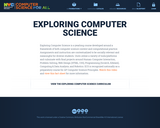
Exploring Computer Science is a yearlong course developed around a framework of both computer science content and computational practice. Assignments and instruction are contextualized to be socially relevant and meaningful for diverse students. Units utilize a variety of tools/platforms and culminate with final projects around Human-Computer Interaction, Problem Solving, Web Design (HTML, CSS), Programming (Scratch, Edware), Computing & Data Analysis, and Robotics. ECS is recognized nationally as a preparatory course for AP Computer Science Principles. Watch this video and view this fact sheet for more information.
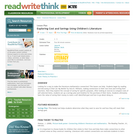
Students make sense of dollars and cents when they study the importance of saving and budgeting in this lesson.
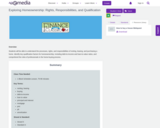
Students will be able to understand the processes, rights, and responsibilities of renting, leasing, and purchasing a home. Identify key qualification factors for homeownership, including debt-to-income and loan-to-value ratios, and comprehend the roles of professionals in the home-buying process.
Class Time Needed:
1 Block Schedule Lesson, 75-90 minutes

This STEAM device includes different activities and tasks directed to 11th-grade students (ages 15-17) who are L2 learners with an A2 level of English. This device is aimed to help them to improve the six language skills: oral production, oral interaction, reading comprehension, writing production, and writing interaction, while they learn about Human-Machine Interaction.Duration: 120 minutes
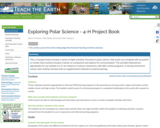
This 4-H project book includes a series of eight activities, focused on polar science, that youth can complete with an parent or mentor. Each activity includes a hands-on component and options for communication. The activities featured are appropriate for use outside of 4-H, for instance in science classrooms, with after school programs, or during enrichment camps. Each activity includes links to supplemental materials to extend learning.
(Note: this resource was added to OER Commons as part of a batch upload of over 2,200 records. If you notice an issue with the quality of the metadata, please let us know by using the 'report' button and we will flag it for consideration.)
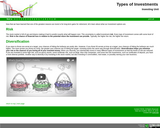
This lesson will teach you the difference between different investments, what they are and the risk involved with each.